Re-Thinking the Deadlift From the Floor
I’m a big fan of deadlifts. The fact that a few years ago I wrote a post on 75 reasons why they’re awesome should tell you a little about that love. A lot of other people feel that way too apparently. I remember submitting an article to T-Nation and the then-editor responded with “Oh God, not another deadlift article!” Thankfully they still published it, so it must not have completely sucked.
Now as with anything involved in fitness, deadlifts seem to have become somewhat of a sacred lift, some being so fundamentally evangelical that they only allow one method of deadlifting to be called a deadlift. I had a Youtube video up a while ago where I had a client lift in a modified sumo stance, and someone commented that it wasn’t even a deadlift. He said sumo wasn’t actually a thing and the only way a lift could be a called a deadlift was if the feet were inside the hands.
The downside to this line of thinking is that it doesn’t make any concessions for lifters who may have different abilities to grab the bar, specifically looking at their overall mobility, structural abilities, or which set up actually produces the most power for them.
I wrote about structural differences in the hip specifically pertaining to squat ability a while ago, and it seemed to be very well received. But the funny thing is these concepts still carry over to deadlifting, which seems to have gone completely unnoticed. Hip flexion is hip flexion, regardless of whether the bar is on your back or on the floor in front of you. As with any movement, if the joint you want to do the movement doesn’t have sufficient mobility to get into position, the body will find a way to get there with movement from another joint, such as the SI joint or lumbar spine.
By itself, these movements aren’t a problem per se, but can become a problem in some people. However, it may not have a causal relationship to low back pain, but could have an increased risk of disc injury in some people, specifically if they have an ovoid shaped disc that puts them at a much higher risk of concentrated disc herniation compared to a limacon shaped disc. This is an unknown variable that can’t be assessed adequately without specific imaging.
This disc herniation risk is significantly increased with flexion and posterior pressurization, coupled with shear force and rotation. Essentially, if the person sets up for a deadlift poorly (meaning mechanically inefficiently), they could increase their risk of injury due to a known injury mechanism. This doesn’t mean it would or wouldn’t hurt, just that there’s a risk associated with it.
While the above example is an extreme one that hopefully everyone out there would pick up on as not being great, the majority of flexion compensation movement you would likely see in lumbar flexion is much smaller and more detail focused than this. However, if you saw this in yourself or your clients, please step up and fix that as soon as possible. I think my eyes started bleeding as soon as I took this pic of a co-worker staging the shot.
In terms of what flexion from the spine looks like, there’s a couple of different iterations. To compare flexion to neutral, just think of there being a relatively straight line through the low back and sacrum of the pelvis. A deviation from this position would mean either flexion or extension. Again, being in flexion isn’t bad in and of itself, unless you want to have the movement come from the hips without involvement of spinal motion.
First, there’s a sacral counter-nutated position, which essentially means the sacrum is in flexion while the lumbar spine is in neutral or mild extension.
This movement is pretty mild overall, but does put L5-S1 and the SI joint into more of a flexed position.
Next is a more upper lumbar flexion angle.
In this example, it’s just slightly below the thoracic-lumbar junction where the thoracic spine and lumbar spine meet, but probably still involves some hard flexion there as well.
Finally, there’s more of a lower lumbar flexion bias.
You can see the muscles of the erector spine are much more pronounced around the low back just above the band of his shorts, but then flatten out around the upper lumbar region.
This brings me to a very easy test you can use to see if you or someone you’re working with has a flexion preference like those mentioned above. Typically the erector spine muscles, those long anaconda-like muscles on either side of the spine, should develop rather uniformly from top to bottom if the spine is moving well and seeing relatively equal loading through all segments. If there’s a very pronounced area of hypertrophy in one spot, it could mean they are doing all of their extension and flexion through that zone, as the old hypertrophy saying goes “where there’s meat there’s movement.”
If you notice development like the second picture, I can almost guarantee if he was to grab a bar off the floor you would see him flex his spine at that very point.
So how does this matter to doing a wicked awesome deadlift? Well, if you flex from your spine versus flexing from your hips to pull the weight off the ground, you’re likely not going to have the effect you could want. If the primary movers of the exercise are the hips, involving lumbar extension to pull the weight might not only increase the risk of the movement, but also reduce the potential strength available for the lift and compromise the performance outcome of the movement.
This brings me to a very important point. There seems to be a lot of people who say deadlifts have to be pulled from the floor and block pulls or rack pulls aren’t good enough. I would argue that there are only 2 salient times when pulling a weight off the floor was necessary:
- Competing in powerlifting
- Competing in olympic weight lifting.
Aside from that, there doesn’t seem to be much of a reason to pull from the floor, and especially if the person doesn’t have the specific mobility to do it effectively without compromising their set up in some way. If you require 130 degrees of flexion to grab the bar and you only have 110 available at your hips, you have to get that other 20 degrees from somewhere, right?
A safer thing to do for the vast majority of lifters who may not be competing in powerlifting or olympic weightlifting would be to increase the height of the surface they are pulling from to reduce the total range of motion required to start the movement.

Credit to Dan Green for the pic. Dude’s scary strong, whether from blocks or from the floor. Also, sumo pull. I guess it does actually exist after all.
For powerlifters that do tend to get low back pain or just general muscle soreness in their low back when they’re pulling, but who still want to compete, it would be prudent to do most of their training from blocks, with progressions to floor pulls in the weeks leading up to their meets while working on mobility and spinal control into flexion to accommodate the position as much as possible. Arching harder might not fix this on it’s own, especially if they’re arching from their thoracic spine while still flexed in their lumbar spine.
So how can you tell if you have a structural limitation or just a mobility limitation? Well, this post I wrote for Bret Contreras takes you through some simple self-assessments to determine your own movement capabilities, and if you notice you have some specific limitations in one direction or another, you could do a simple test-retest to see if it’s a mobility-stability issue. Do a core exercise as outlined in the article, retest the movement, and if it improved, you don’t have a structural limit to hold you back, it’s more of a neural protective or proximal stability issue.
Now some of the mobility restrictions into a flexion position could come from a limited strength into active hip flexion. It’s very common for a lot of training programs to be extension dominant, but flexion is very important as well, and if you want to hate every element of your life, give these a try, courtesy of FRC and Christine Ruffolo.
A key component on these and one she does very well is to try to make sure the spine isn’t flexing to make up for the limit of the hip. If you can’t hold the ball as high as she does, get it in tighter to the hip to make it easier, but still, not fun at all.
For my own clients, when I watch their deadlift set up, and especially if they’re a beginner and haven’t developed the tissue tolerance to the stress of lifting, and most definitely if they have any history of low back pain or injuries, I’ll adjust the lift based on whether they show me a pattern of lumbar flexion as mentioned above and just use a higher surface, a trap bar, a kettlebell, or any other variation to help them train effectively and comfortably.
If the lifter is more experienced, we can work on coaching them into more of a neutral position if possible, but if coaching doesn’t work well, I’ll have them switch their stance to see if sumo or a modified sumo (just not as wide) works for them, and if that doesn’t do it, we go to slight elevation. If that fixes things up well enough to say they’re not in flexion from their low back anymore, we get to work.
If the lifter does have a mild flexion through their low back, and the next time they come in they complain of sore muscles through their low back, I’ll want to alter their set up to try to limit that soreness. It’s not saying their back is going to explode and kittens will die as a result of their spine being mildly away from neutral, but it’s indicative that their low back muscles were working hard to complete the lift, and I don’t want that. The soreness is most often just like if I were to do a lot of heavy biceps curls and my biceps get sore the next day. Again, not a bad thing in and of itself, but it’s not the desired outcome I want, so I’m going to change it.
So in summary:
- not everyone needs to deadlift from the floor. Some people shouldn’t due to insufficient mobility and increased risk.
- low back movement isn’t the devil, but probably isn’t what you want to have happen during a deadlift.
- Work flexion strength to help improve flexion range of motion in addition to other mobility devices.
- Train hard within your abilities to hit your goals.
Hopefully this was a helpful outline of my thoughts on deadlifts and set up. Let me know what you think.
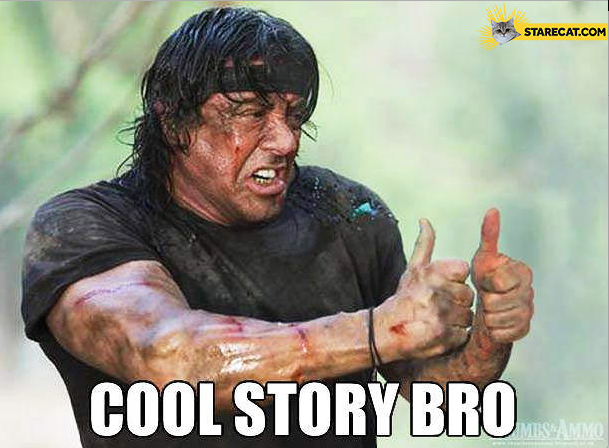
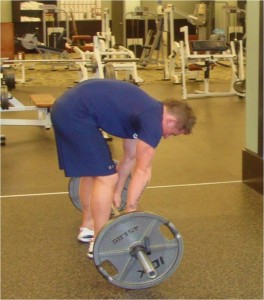
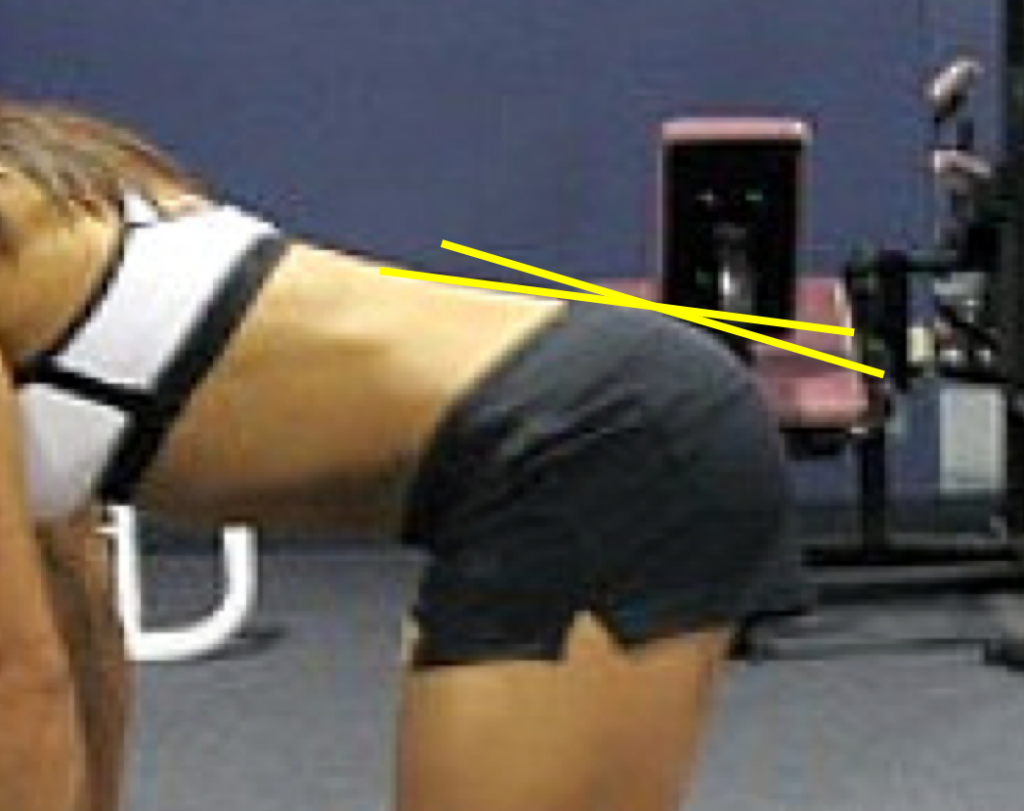
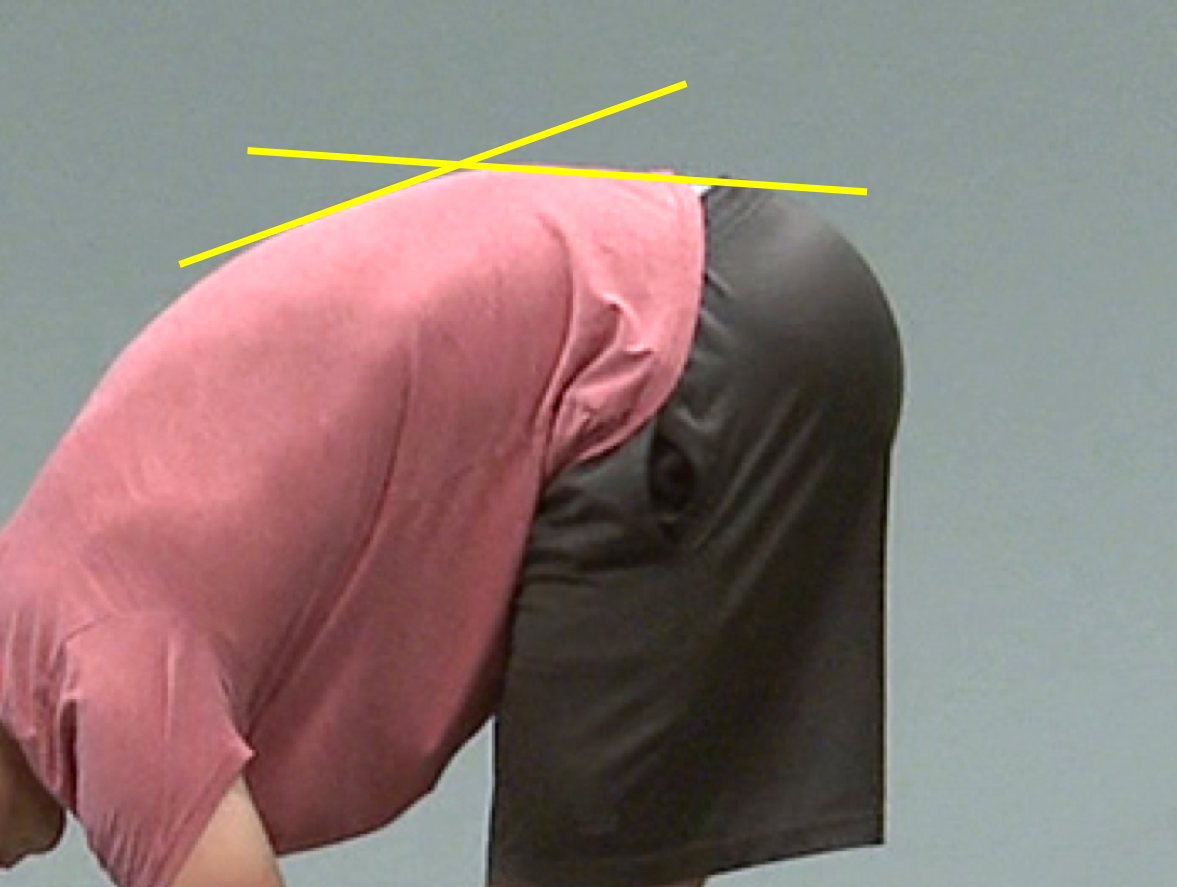
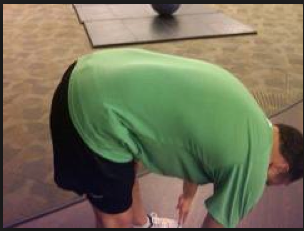

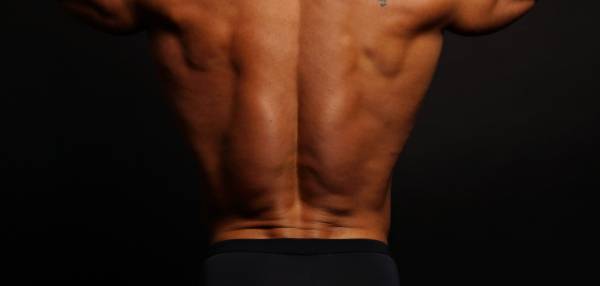
6 Responses to Re-Thinking the Deadlift From the Floor